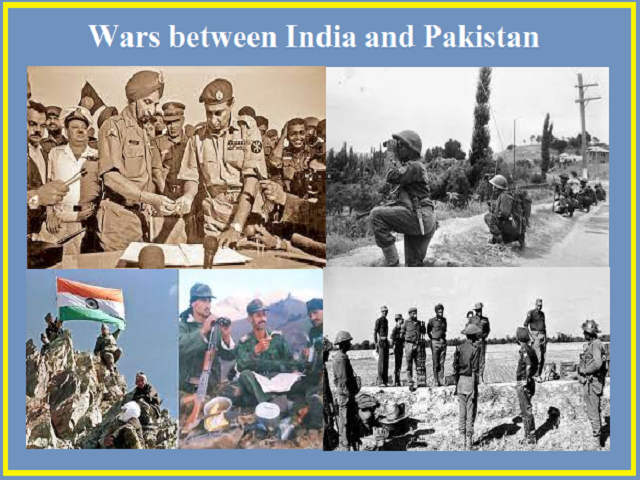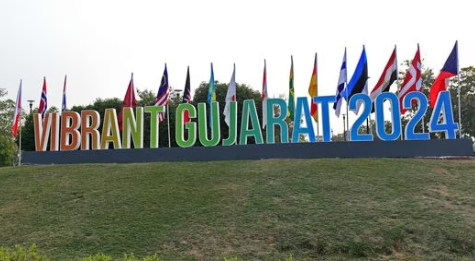
The pause that spoke volumes was a strategic move by the Indian Air Force (IAF) during the 1971 Indo-Pak war, which resulted in the surrender of the Pakistan Army and the birth of Bangladesh.
The 1971 Indo-Pak war, which culminated in the birth of Bangladesh, is a landmark event in South Asian history. A lesser-known yet pivotal aspect of this war was the strategic pause in Indian Air Force (IAF) operations, a move that facilitated the surrender of the Pakistan Army.
The Genesis of the Conflict
The roots of the conflict trace back to March 1971, when escalating tensions between East and West Pakistan spiraled into a full-blown war2. The Indian government, under Prime Minister Indira Gandhi, declared a state of emergency following attacks on several Indian airports by Pakistani jets2. The war intensified, and the IAF entered the fray on December 3, 1971
The Calculated Pause
By December 7, 1971, the IAF had established air superiority in East Pakistan, now known as Bangladesh1. The Tejgaon airport was rendered non-operational, effectively grounding the Pakistan Air Force (PAF) in East Pakistan1. Despite this advantage, the IAF made a calculated decision to pause its operations for a few hours. This pause was not a result of operational limitations but a strategic choice to allow the Pakistan Army to surrender.
The Surrender and Its Aftermath
The tactical pause proved successful. The unconditional surrender of Pakistani forces to the joint command of Bangladeshi and Indian forces took place on December 16, 1971. This marked the end of the Bangladesh Liberation War and heralded the emergence of a new nation – Bangladesh.






Excellent